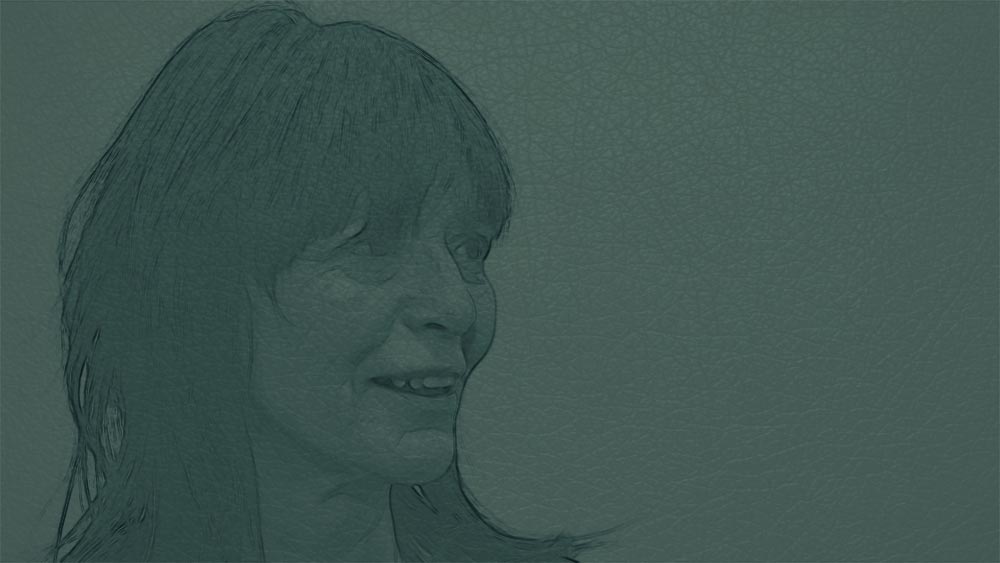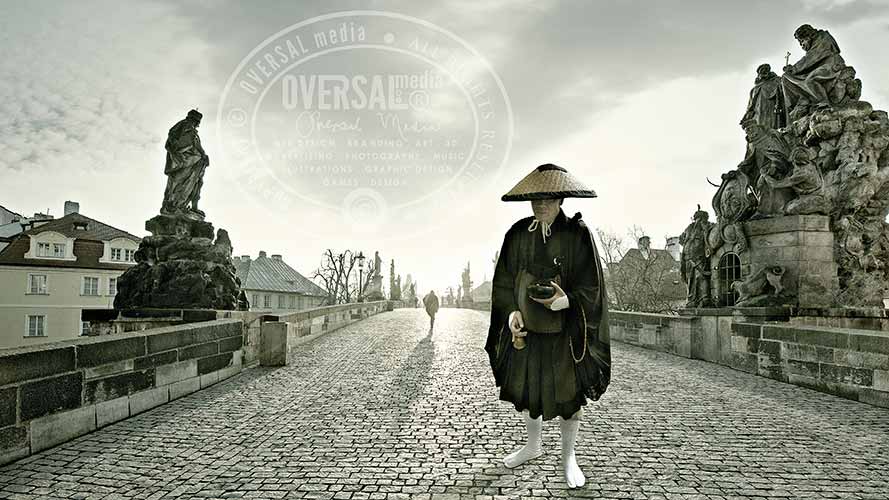Stuart Hall and the Artists of the British Black and Asian Diasporas

Jamaican-born sociologist, educator and broadcaster Stuart Hall, who passed away in London in February 2014, was one of the most significant intellectuals to have emerged in post-World War II Britain. Stuart Hall had arrived in Britain in 1951 as an Oxford University Rhodes Scholar, during a period that witnessed the turmoil of decolonisation struggles across the British Empire and the arrival of immigrants to assist in British post-war socioeconomic reconstruction. Alongside Raymond Williams and Richard Hoggart, Stuart Hall revolutionised sociology through the development of British cultural studies, which was to have a profound effect on the way we think about colonialism and its legacies in a multicultural society struggling to come to terms with the fact that Britain was no longer an imperial power. As Redemption Song (1991), his series of TV programmes on the socio-political trajectories of the Caribbean, and his many public discussions illustrated, Stuart Hall was an exceptional communicator and orator, able to translate complex ideas and sensitive social issues to a popular audience.
The article on Stuart Hall by Jean Fisher for the Guardian newspaper (20th May 2014) pays particular attention to his relationship to Black British visual artists and filmmakers. Stuart Hall had been associated with the London-based Caribbean Artists Movement (1966-72), a group of writers and artists, which was formed in part as solidarity against an art establishment that was largely indifferent to the work of artists outside the European-American axis. However, Stuart Hall’s insightful socio-political analyses, particularly his post-Marxist, New Left commentaries on cultural identity, race and ethnicity were to have an even greater inspirational effect on the British-born second generation of Black and Asian practitioners who emerged in the early 1980s in the wake of inner-city ‘race’ riots, when the racism inherent in British society was starkly exposed. Although this generation of artists, like its predecessor CAM, also suffered exclusion by the art establishment, the debates emerging from cultural studies and postcolonial theory, especially Stuart Hall’s commentaries on the politics of representation, were an added impetus to create a specifically Black artists’ discourse, in which ‘Black’ at that time signalled a political not ethnic – or ‘epidermal’, to use Frantz Fanon’s term – affiliation. From this initiative there emerged several exhibition spaces, magazines and archives in what came to be known as the Black Arts Movement (BAM).
Stuart Hall became both mentor and collaborator for this generation, contributing essays as well as occasionally appearing in the film works by Black Audio Film Collective and Sankofa. John Akomfrah/Smoking Dogs’ film The Stuart Hall Project (2013) and their triple screen projection The Unfinished Conversation (2012), presented at Tate Britain, are homages to Stuart Hall’s influence on this generation. But not all of the exhibition spaces and magazines generated in the 1980s survived the changing socio-political and economic climate of the 1990s, especially as, with their expedient adoption of ‘multiculturalism’ and ‘globalisation’, conventional galleries began to open their doors to non-white artists. Unfortunately, this too often meant exhibitions celebrating ‘New Art’ from India…China…Cuba… and other ‘elsewheres’, which effectively marginalised British Black and Asian practitioners yet again. Moreover, this shift in curatorial attitude did very little to change the power relations between the art ‘centres’ of the West and the ‘peripheries’ of the Rest.
In retrospect, BAM’s insistence on constructing ‘living archives’ was instrumental in the survival of documentation about the work and its context, which had not been the case for the earlier generations of Black and Asian British artists. It was, in fact, the recuperation of this absented art history that motivated Rasheed Araeen’s exhibition, The Other Story, at the Hayward Gallery in 1989. Among the best-known survivors of the drive to compile archives are Panjayat, currently in the University of Westminster, and the African and Asian Visual Arts Archive (AAVAA), at the University of East London; and Rasheed Araeen’s Third Text, devised as a collaborative extension of his art practice, remains an internationally respected journal of art and culture. The other long-standing significant achievement, however, is Rivington Place in Shoreditch, designed by David Adjaye, to house both the Institution of International Visual Arts (inIVA), a Black arts-led contemporary international visual arts venue, and Autograph ABP, dedicated to exploring photography in relation to race and human rights. Stuart Hall was Chair for both organisations for many years; and the legacy of this provocative but much loved and respected cultural theorist is enshrined in the Stuart Hall Library at Rivington Place.
At the time of writing, inIVA, having already lost much of its Arts Council funding, is threatened with eviction from Rivington Place. The fate of the Stuart Hall Library remains uncertain. It is a matter of conjecture how and why inIVA’s recent management has failed to sustain its earlier vitality, especially since Stuart Hall stood down as Chair due to ill health. What can be said, however, is that, were this organisation to be lost or downgraded, there would not be an opportunity to create another Black arts-led international venue in our lifetime. Given the current rise in racism and xenophobia, which unpleasantly echoes that of the 1980s, it seems the worst time to obliterate this unique venue from the London arts map, and the height of disrespect for the support and encouragement given by Stuart Hall for the project.
Jean Fisher, February 2015
Stuart McPhail Hall
Stuart McPhail Hall, FBA (3 February 1932 – 10 February 2014) was a Jamaican-born cultural theorist and sociologist who lived and worked in the United Kingdom from 1951. He was President of the British Sociological Association 1995–97. Hall, along with Richard Hoggart and Raymond Williams, was one of the founding figures of the school of thought that is now known as British Cultural Studies or The Birmingham School of Cultural Studies.
Jean Fisher

Jean Fisher is a UK-based art critic. Her research explores the intertwined legacies of colonialism and the emergent conflicts of globalization in Ireland, Native America, the Black Atlantic and more recently Palestine. She studied zoology and fine art. In the 1980s in New York she contributed regularly to Artforum International.





